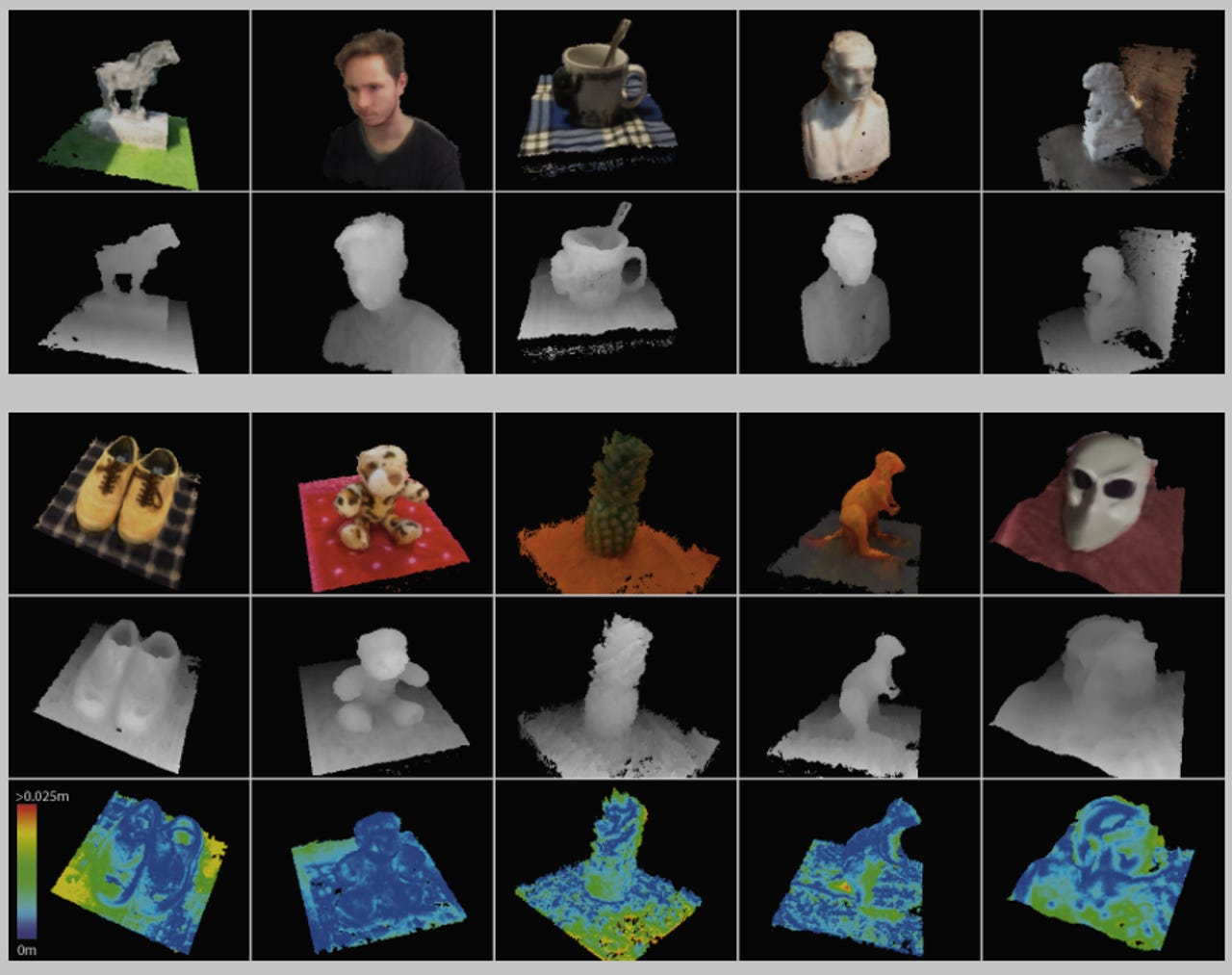Microsoft's MobileFusion app turns an iPhone into a portable 3D scanner


The app, MobileFusion, uses a smartphone's hardware and RGB camera to take 3D scans -- a cheap and accessible way for most consumers to collect such images. Microsoft has produced earlier scanning efforts -- the Kinect Fusion 3D scanner and MonoFusion 3D webcam scanner -- but both systems aren't very mobile and are dependent on particular hardware.
"This is really about the accessibility and ubiquity of 3D scanning," said Shahram Izadi, a principal researcher at Microsoft who worked on the project.
The scans generated by MobileFusion are of a high enough quality that they can be used for 3D printing, which means they could potentially be used by scientists in remote locations to scan objects in the field.
Taking a 3D scan involves pointing a smartphone's standard camera at an object and moving it in a circle until a 3D model has been produced.
Peter Ondruska, a PhD candidate at Oxford University who worked on MobileFusion during an internship at Microsoft Research, explained that the system tracks the device in 3D by comparing live 3D data with previous frames captured. It then uses a process known as 'stereo matching' to compute multiple depth maps, which are then merged into a 3D mesh model on the fly.
According to a research paper by Ondruska and colleagues at Microsoft Research, MobileFusion is unique since it doesn't require cloud processing, but instead produces a connected 3D model -- as opposed to point-based 3D models -- solely using a device's GPU and CPU at 25GHz for tracking and reconstruction.
The one big catch with MobileFusion is that the researchers haven't decided whether to make it available to the general public. Currently, the researchers are trying to ensure the system works with Windows Phone, Android, and iPhone devices, Microsoft Research said.
For the research project, they primarily used an iPhone 6 to demonstrate that a mobile phone could be used to generate 3D models, but they also tested its performance on an iPhone 5 and iPhone 5s.
Read more